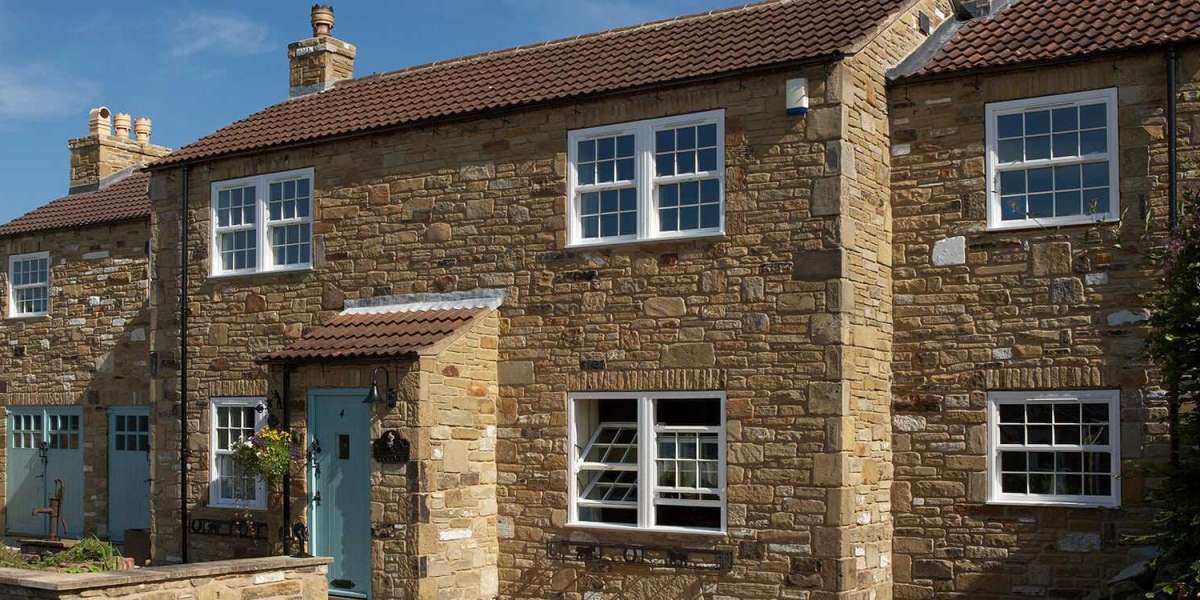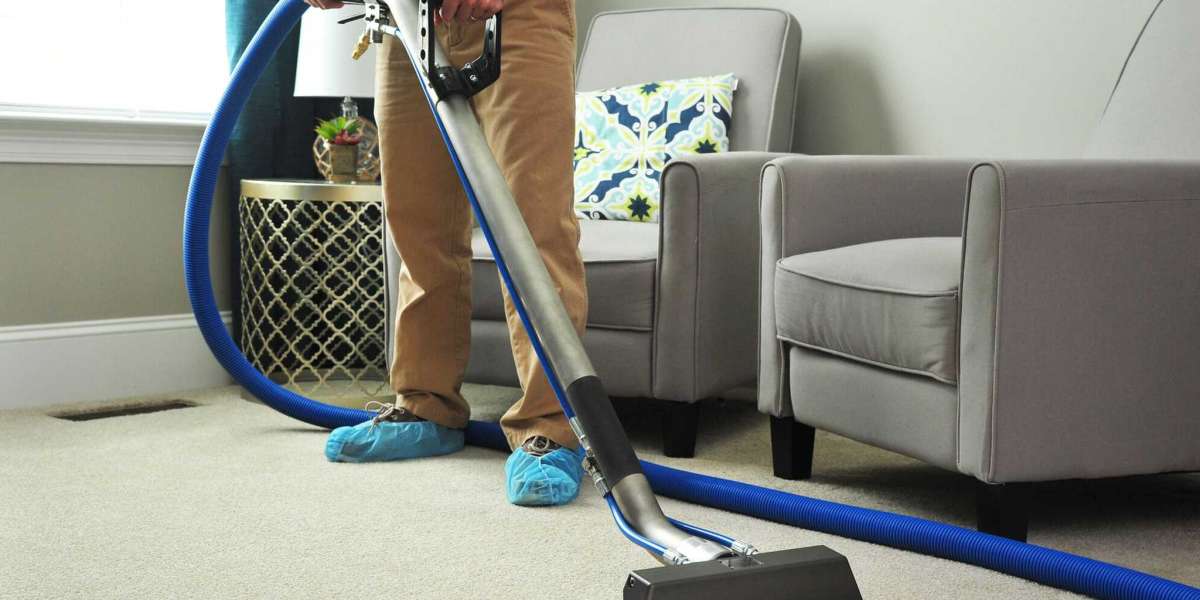Choosing the perfect tile for your tile flooring installation project is one of the most important decisions you’ll make when upgrading your home. The right tile affects not only the look and feel of your space but also its durability and ease of maintenance. With a wide variety of options available—from classic ceramic to luxurious natural stone—it’s easy to feel overwhelmed by the choices.
This guide simplifies the selection process by highlighting the key tile types, important factors to consider, and expert tips. Whether you’re aiming for style, functionality, or budget-friendly options, you’ll find helpful advice to choose the best flooring tile that fits your lifestyle and enhances your home.
Why Tile Flooring Is a Smart Choice
Tile flooring continues to be a popular choice for homeowners and professionals in Brentwood TN, who trust experts like AL Tile Company LLC for quality installation because of its:
- Exceptional durability: Tiles resist scratches, stains, and moisture better than many other flooring types.
- Versatility in design: Available in endless colors, shapes, textures, and patterns, tile can fit any aesthetic, from rustic to modern.
- Low maintenance: Tiles are easy to clean and require minimal upkeep when sealed and installed properly.
- Long lifespan: A well-installed tile floor can last decades without losing its charm.
- Enhanced home value: High-quality tile flooring can increase your home's resale appeal.
Popular Types of Tiles for Flooring Installation
Ceramic Tile
Ceramic tile is made from natural clay fired at high temperatures. It’s a great option for low to medium-traffic areas and offers:
- Affordability: Ceramic tiles are budget-friendly and widely available.
- Variety: Available in countless colors, sizes, and finishes.
- Easy maintenance: Simple to clean with basic household cleaners.
Considerations: Ceramic is less dense than porcelain, so it’s more prone to chipping or cracking in heavy-use areas.
Porcelain Tile
Porcelain is a subtype of ceramic, but it’s denser, harder, and fired at higher temperatures. This makes it ideal for:
- High-traffic zones: Kitchens, entryways, and hallways.
- Moisture-prone areas: Bathrooms and laundry rooms due to its water resistance.
Benefits:
- Extremely durable and resistant to wear.
- Requires less maintenance than natural stone.
- Slightly higher cost but excellent long-term value.
Natural Stone Tile
Natural stone tiles like marble, granite, slate, and travertine offer unmatched beauty and texture, each piece being unique.
- Unique aesthetics: No two tiles are exactly alike, adding character to your space.
- Strong and durable: Stone tiles can last generations with proper care.
Maintenance tips:
- Require periodic sealing to prevent stains and water damage.
- Can be slippery, so consider textured finishes or mats in wet areas.
Glass Tile
Glass tile is rarely used for full flooring due to fragility but can add a decorative flair in small areas or as accents.
- Reflects light to brighten spaces.
- Available in vibrant colors and finishes.
Drawbacks:
- Fragile under heavy foot traffic.
- Installation requires expertise to avoid breakage.
Factors to Consider When Choosing Tile Flooring
- Foot Traffic and Durability
- High-traffic areas demand durable materials like porcelain or natural stone.
- For bedrooms or low-traffic spaces, ceramic is often sufficient.
- Moisture and Water Exposure
- Bathrooms, kitchens, and basements need water-resistant tiles such as porcelain or properly sealed stone.
- Avoid unsealed stone in areas prone to moisture.
- Maintenance and Cleaning
- Ceramic and porcelain tiles are easy to maintain with routine cleaning.
- Natural stone needs special cleaners and regular sealing to maintain its appearance.
- Style and Aesthetics
- Matte tiles reduce slips, while glossy finishes create a polished look.
- Consider grout color as it affects the overall look—darker grout hides dirt, while lighter grout brightens a room.
- Budget Constraints
- Ceramic tiles are the most economical choice.
- Natural stone and specialty tiles like glass come at a premium.
- Don’t forget to factor in installation costs, which vary by tile type and complexity.
Expert Tips for a Successful Tile Flooring Installation
- Hire professionals or gain solid DIY knowledge: Tile installation requires skill, especially with cutting and leveling.
- Prepare your subfloor carefully: It must be clean, dry, and level for tile to adhere properly.
- Plan your layout: Map out tile placement to minimize cuts and create visually appealing patterns.
- Use quality materials: Select adhesives, grout, and sealants suited to your tile type and location.
- Allow proper curing time: Avoid heavy foot traffic during the drying process to prevent shifting or damage.
Conclusion
Choosing the best tile for your flooring installation project involves balancing beauty, durability, and maintenance. Whether you opt for affordable ceramic, robust porcelain, or elegant natural stone, the right tile can transform your space into a stylish and functional area that stands the test of time. With careful planning and proper installation, your tile floor will not only look stunning but also deliver years of reliable performance.
Frequently Asked Questions (FAQs)
- Which tile type is best for high-traffic areas?
Porcelain tiles are ideal due to their hardness and moisture resistance. - How much does tile flooring installation cost on average?
Costs typically range from $5 to $15 per square foot, including labor and materials. - Can I install tile flooring myself?
DIY is possible for small, simple projects, but professionals ensure precise cuts and long-lasting results. - How often should natural stone tiles be sealed?
Stone tiles generally require sealing every 1–2 years to protect against stains and moisture. - What grout color should I choose for tile flooring?
Neutral tones like gray or beige offer versatility and better hide dirt over time.








